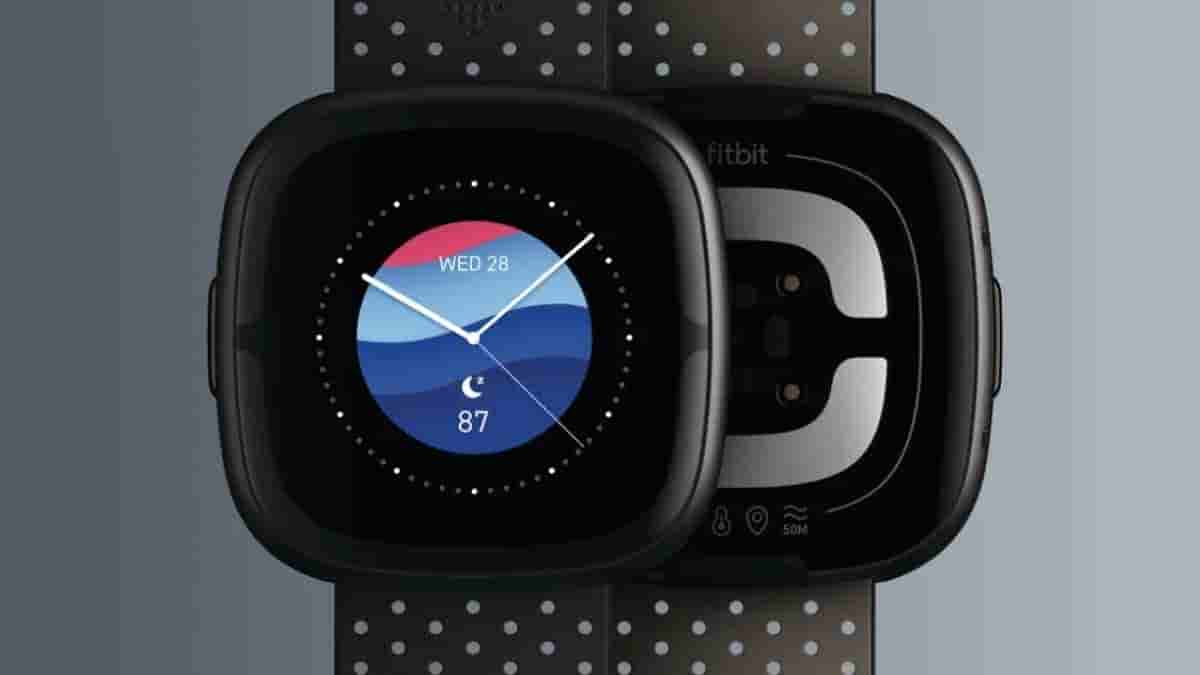Here’s How Google’s Body Response Feature Works on the Fitbit Sense 2 to Detect Stress

Google had been working on its stress management feature and has come a long way till the Fitbit Sense 2, which is now capable enough to detect its user’s real-time stress levels.
Want to know how Google’s Body Response feature works? Read about it below.
Google’s Body Response Feature
At its starting point, Google’s stress management feature worked or calculated its user’s reading only once a day, after they woke up. The stress management score algorithm the brand had introduced then monitored its user’s sleep, physiological, and activity data and it calculated how resilient the body was to stress.
Later the brand brought the sEDA or spot electrodermal activity sensor on its Fitbit Sense smartwatch which was specially designed to measure micro sweat levels and it provided its users with a brief spot check on their stress levels.
Now with the Fitbit Sense 2, the brand has brought the cEDA sensor or continuous electrodermal activity sensor. With the specially programmed machine learning algorithm, the smartwatch will be able to detect sweat levels, heart rate, variations in heart rate, and change in body temperature. This allows the smartwatch to detect stress and can alert its users of it immediately. Users on getting alerted will become aware of what is making them stressed or they can take the proper measures like guided breathing or walks in order to manage and control the stress.
As above mentioned, Google’s machine learning algorithm is specially programmed and Google in order to program it conducted an experiment on a set of individuals. The individuals went through a mock job interview for their dream job, were given a surprise math test, and were even put into a virtual lab with three invigilators watching them. The collected data were taken into account while programming the algorithm.
So you might be wondering if other situations are other than stress, like excitement. Yes, the sensor will detect it as at the time of such events our body will have rapid changes in its hormonal and physiological functions. While exercising too there is sure to be these changes in our body. As mentioned, Google’s machine learning algorithm is “specially” designed to take note of all these. At the time when its users are exercising the algorithm is disabled and on other occasions when users feel extreme happiness, excitement, or any such emotions that bring a change within the body, users can simply log it into the device and overtime the algorithm will become capable enough to distinguish between them.
The Body Response Feature thus works in a very effective way and users can stay informed enough while they are in stress and take the necessary steps to tackle it.

